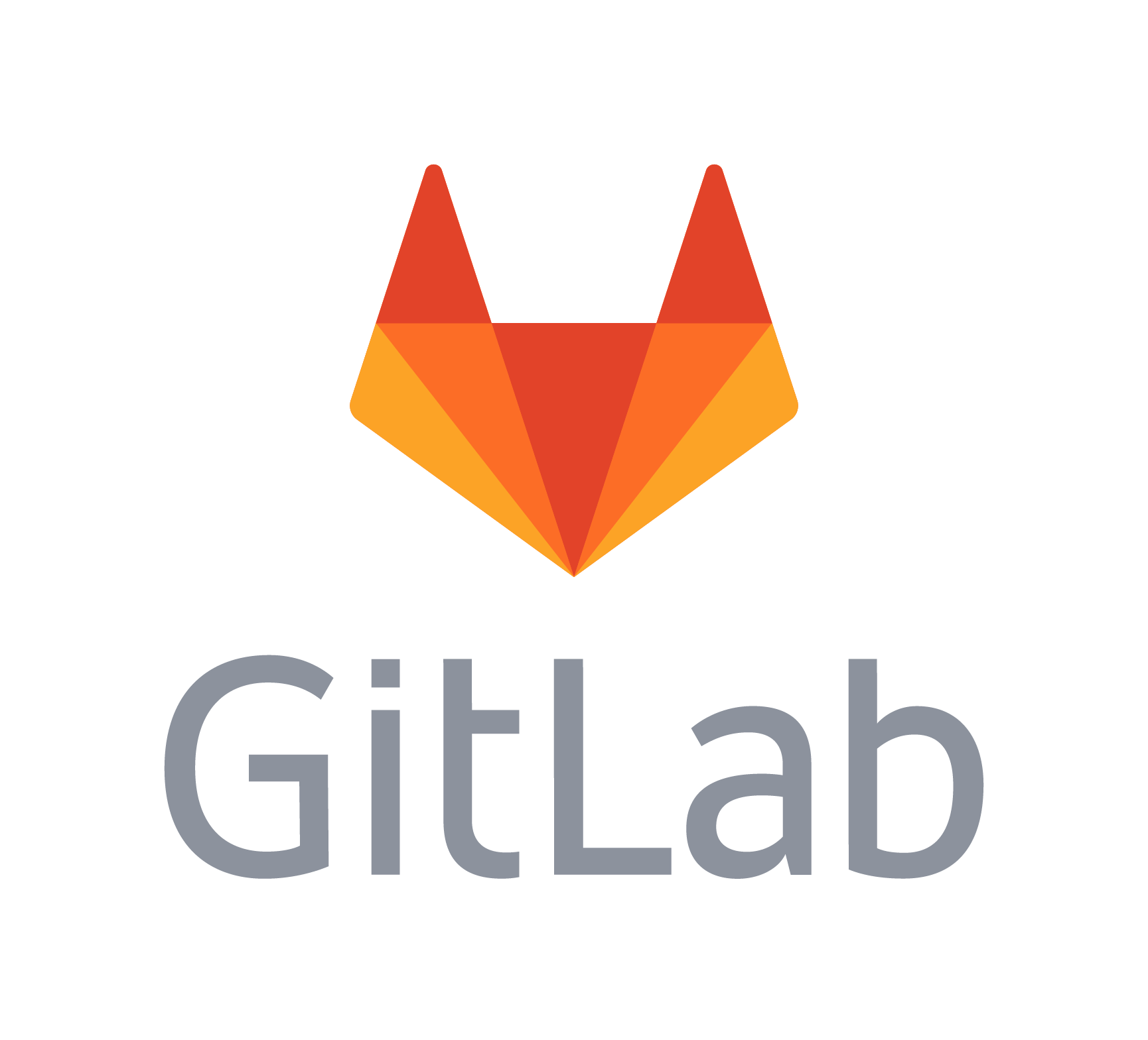Key Findings
-
67% of respondents agree that handoffs between teams using different tools slows down delivery.
-
Multiple toolchains and numerous tools are used across the software delivery life cycle (SDLC).
Most businesses have two or more toolchains powering their SDLC, and, for the majority, each toolchain is comprised of six or more tools.
-
This complexity creates visibility, security, and productivity challenges for development and operations teams alike.
Toolchain managers struggle to contain the tool sprawl while at the same time, software delivery release cycles have not improved, creating more pressure for development teams to find ways to speed delivery.
-
Out-of-the-box toolchain management solutions are seen as a solution to the sprawl.
In fact, improved security, increased revenue, and improved quality were the top-seen benefits from firms that have already implemented out-of-the-box toolchain management systems.
